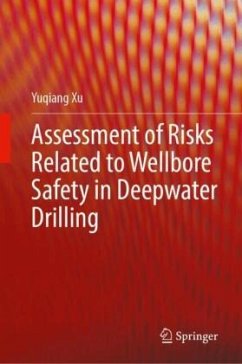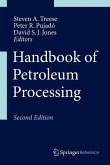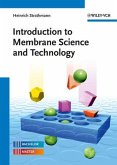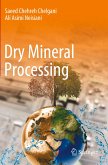This book divides the wellbore into two parts based on the characteristics of deepwater drilling engineering: the section from sea level to the subsea wellhead and the section below the mud line. Above the subsea wellhead is connected a blowout preventer and a long riser, while below is a series of casings, causing the subsea wellhead to bear stress from both the upper and lower parts simultaneously, posing a risk of instability in a complex stress environment; Although the construction below the mud line in deepwater drilling is not significantly different from land drilling, there are still challenges such as deep water depth, low temperature, narrow safety density window, shallow geological hazards, natural gas hydrates, and difficulty in determining drilling geological parameters, which greatly increase the risk of drilling engineering.
On the basis of systematically explaining the basic theories and methods of the subsea wellhead mechanical stability, wellbore temperature and pressure field calculation during gas kick, prediction of natural gas hydrate generation, and casing program design method and so on, this book analyzes those with higher risks such as wellhead instability, gas kick and blowout, gas hydrate generation and casing program design. And the characteristics and influence rules of uncertain parameters and empirical coefficients are analyzed emphatically by using methods such as probability statistics, and the risk assessment methods of deepwater drilling related to the wellhead and wellbore safety which consider the uncertain parameters are established. This will be of great significance for risk prevention and control in deepwater drilling, optimizing deepwater drilling design and construction plans, improving the lifespan and investment returns of deepwater oil and gas wells, and promoting the development of deepwater drilling technology.
On the basis of systematically explaining the basic theories and methods of the subsea wellhead mechanical stability, wellbore temperature and pressure field calculation during gas kick, prediction of natural gas hydrate generation, and casing program design method and so on, this book analyzes those with higher risks such as wellhead instability, gas kick and blowout, gas hydrate generation and casing program design. And the characteristics and influence rules of uncertain parameters and empirical coefficients are analyzed emphatically by using methods such as probability statistics, and the risk assessment methods of deepwater drilling related to the wellhead and wellbore safety which consider the uncertain parameters are established. This will be of great significance for risk prevention and control in deepwater drilling, optimizing deepwater drilling design and construction plans, improving the lifespan and investment returns of deepwater oil and gas wells, and promoting the development of deepwater drilling technology.








